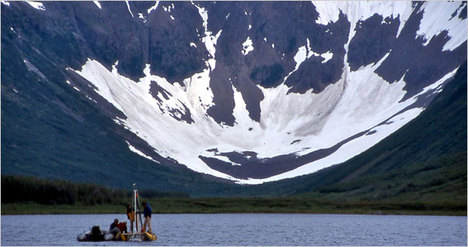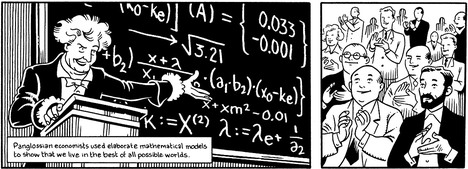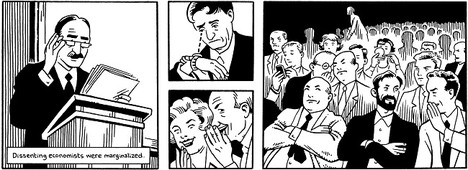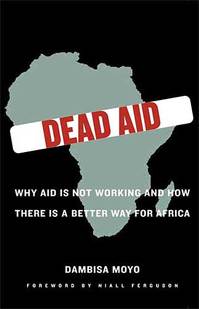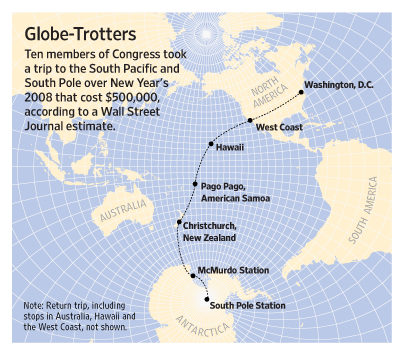(p. 6) Founded in 1948 during the grim postwar era, the National Health Service is essential to Britain’s identity. But Britons grouse about it, almost as a national sport. Among their complaints: it rations treatment; it forces people to wait for care; it favors the young over the old; its dental service is rudimentary at best; its hospitals are crawling with drug-resistant superbugs.
All these things are true, sometimes, up to a point.
. . .
Told my husband needed a sophisticated blood test from a particular doctor, I telephoned her office, only to be told there was a four-month wait.
“But I’m a private patient,” I said.
“Then we can see you tomorrow,” the secretary said.
And so it went. When it came time for my husband to undergo physical rehabilitation, I went to look at the facility offered by the N.H.S. The treatment was first rate, I was told, but the building was dismal: grim, dusty, hot, understaffed, housing 8 to 10 elderly men per ward. The food was inedible. The place reeked of desperation and despair.
Then I toured the other option, a private rehabilitation hospital with air-conditioned rooms, private bathrooms and cable televisions, a state-of-the-art gym, passably tasty food and cheery nurses who made a cup of cocoa for my husband every night before bed.
For the full commentary, see:
SARAH LYALL. “An Expat Goes for a Checkup.” The New York Times, Week in Review Section (Sun., August 8, 2009): 1 & 6.
(Note: the online title is “Health Care in Britain: Expat Goes for a Checkup.”)
(Note: ellipsis added.)


